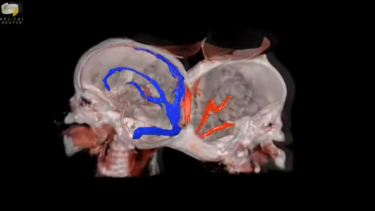VR training helped separate conjoined twins

- The VR training software used in this project was developed by University College London (UCL) specifically for the work of the two surgeons.
Two conjoined twins were successfully separated in Rio de Janeiro. The operation was also possible thanks to months of VR training.
Meticulous VR training across national borders can do amazing things. Before surgeons Dr. Noor ul Owase Jeelani and Dr. Gabriel Mufarrej ventured into their most difficult surgery yet, separating conjoined twins, they practiced the procedure for months in virtual reality. Thanks to this training, three-year-old conjoined twins Bernardo and Arthur Lima were successfully separated.
Surgery after months of VR training
At a hospital in Rio de Janeiro, nearly 100 staff members were engaged in the risky procedure for 27 hours, according to the report. During the operation, Jeelani, the lead surgeon from London's Great Ormond Street Hospital, was only able to take four quarter-hour breaks to get enough water and food.
Part of the team had practiced for months using VR projections of the twins based on CT and MRI scans. Many may be familiar with the large tubes from the hospital that also scanned the conjoined heads of the twins to create a kind of spatial map.
It's the first time surgeons from different countries have worked together in the same "virtual space" using VR headsets, the report states.
"It's just wonderful. It's really great to see the anatomy and do the surgery before you put the kids at risk," Jeelani enthused about preparing in VR. "You can imagine how reassuring that is for the surgeons."
That's even more true, he said, because the surgeon would describe the procedure as the most difficult of our time. Previous unsuccessful attempts have already left dangerous scars in the tissue, he said.
Virtual reality for surgery
The project was supported by Jeelani's charity Gemini Untwined, which was founded in 2018. It aims to become a "global repository of knowledge and experience" to facilitate exceptionally challenging surgeries.
It is not yet known which VR software the surgeons used. Back in 2021, however, Jeelani was involved in a similar operation that used, among other things, the Surgical Theater planning tool. The software enables visualizations of spatial models with VR and AR headsets. You can watch a demonstrative video about the process at that time.
Note: Links to online stores in articles can be so-called affiliate links. If you buy through this link, MIXED receives a commission from the provider. For you the price does not change.